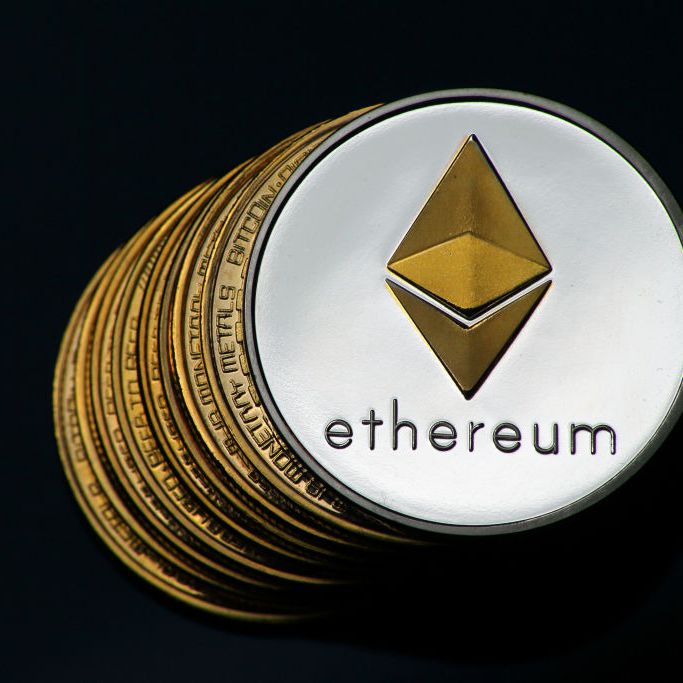The most two compared cryptocurrecies are the ethereum and cardano, since both platforms deliver comparable services. Both Ethereum and Cardano lockchains may be used for comparable functions, such as running bespoke coding skills like smart contracts and constructing programmes like decentralized applications. The algorithm used to produce blocks and verify transactions is at the core of every blockchain network. Multiple blockchains are used by Cardano Network and Ethereum. The main distinction is that Ethereum’s Proof-of-Work blockchain is much less versatile than Cardano’s Proof-of-Stake Ouroboros consensus algorithm at the present.
- The most significant distinction among both Ethereum and Cardano is how they handled ecosystems design and implementation. Ether has traditionally concentrated on corporate sector use instances. It has been gaining popularity in Asia from few years. Cardano’s strategy has always been to focus on the industrialized regions, particularly its governments and public agencies. Instead of pushing for Cardano’s immediate acceptance, IOHK and Emurgo have been giving authorization facilities to several African states in order to demonstrate the applicability of Cardano’s fundamental technology.
- In terms of technology, Ethereum takes a somewhat more practical approach, prioritising practise over concept. However, this is in direct contrast to Cardano in which every element of its design is participant reviwed and extensively verified by researchers before to deployment. When Ethereum originally debuted , it had the first edge due to its methodology. Because the Blockchain network supports the greatest ecosystems in the crypto world, including hundreds of altcoins, and more, Ethereum is currently the second-largest cryptocurrency.

- Underneath the shell of Cardona and Ethereum are two distinctly different motors. The Cardano blockchain is made up of two layers. The Settlement Layer and the computation layer. The settlement layer is the initial layer, and it maintains track of all Cardano and local currency trades. And the Computation Layer, that will operate on Cardano’s future smart contracts. Cardano employs the Ouroboros Proof of Stake consensus system, which allows it to execute hundreds of transactions times per second. Cardano, on the other hand, could hypothetically perform some millions of transactions per second if the Hydra scaling mechanism is completed.
- Cardano local properties, have always had the smililar status on the Cardano blockchain as that of the ADA currency and therefore do not need smart contracts to generate or transfer across. Whenever the smart contracts become active on the Cardano blockchain, this one will try and keep transfer costs low, and because to the Babel charges system, these trading fees may be payed using local currencies. Ethereum employs a Proof of Stake consensus method known as Casper and features a Shard chain design. In a nutshell, sharding is the process of dividing the blockchain into numerous shards.
Conclusion
Finally, one thing is for sure that no cryptocurrecy will rule all the time. Hope you have understood all the differences between both the cryptocurrencies.

